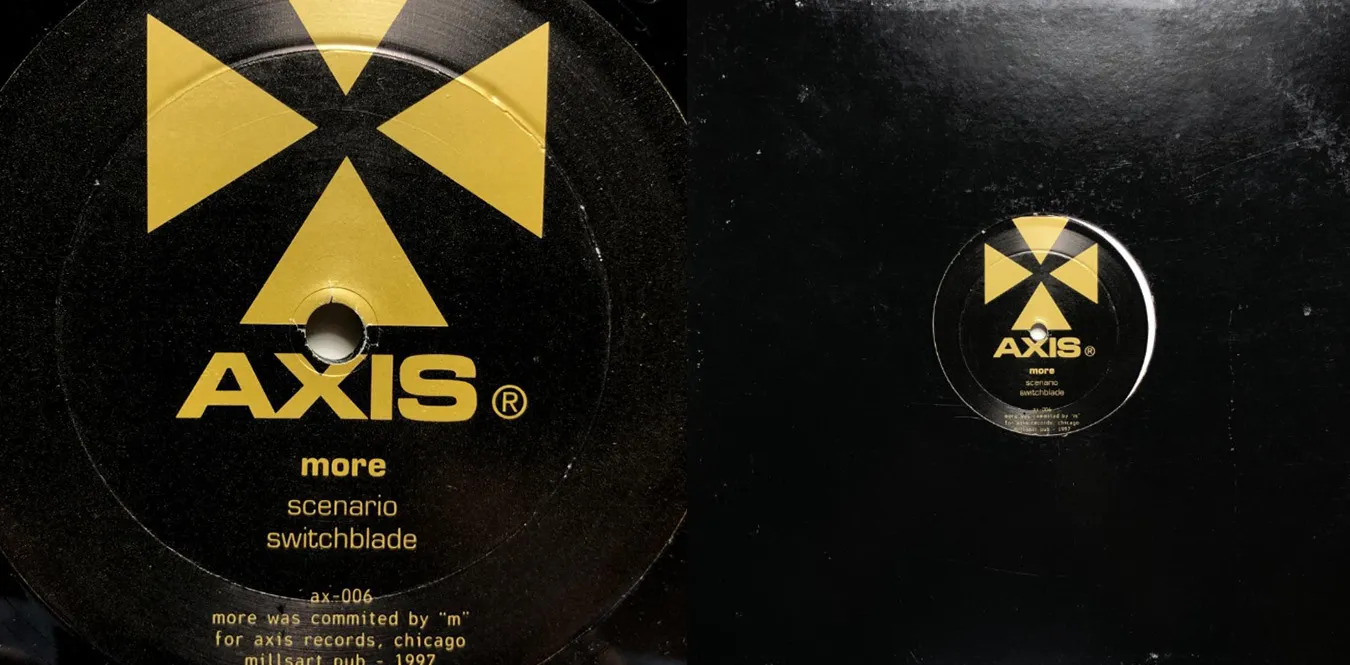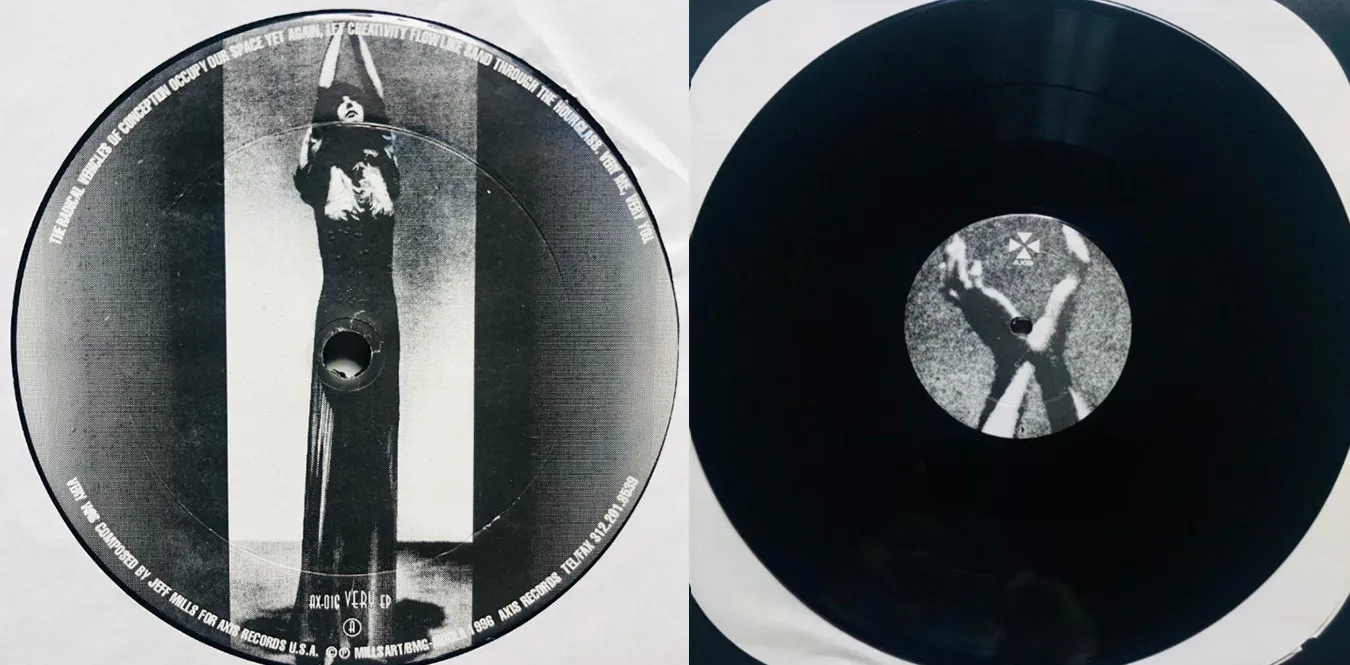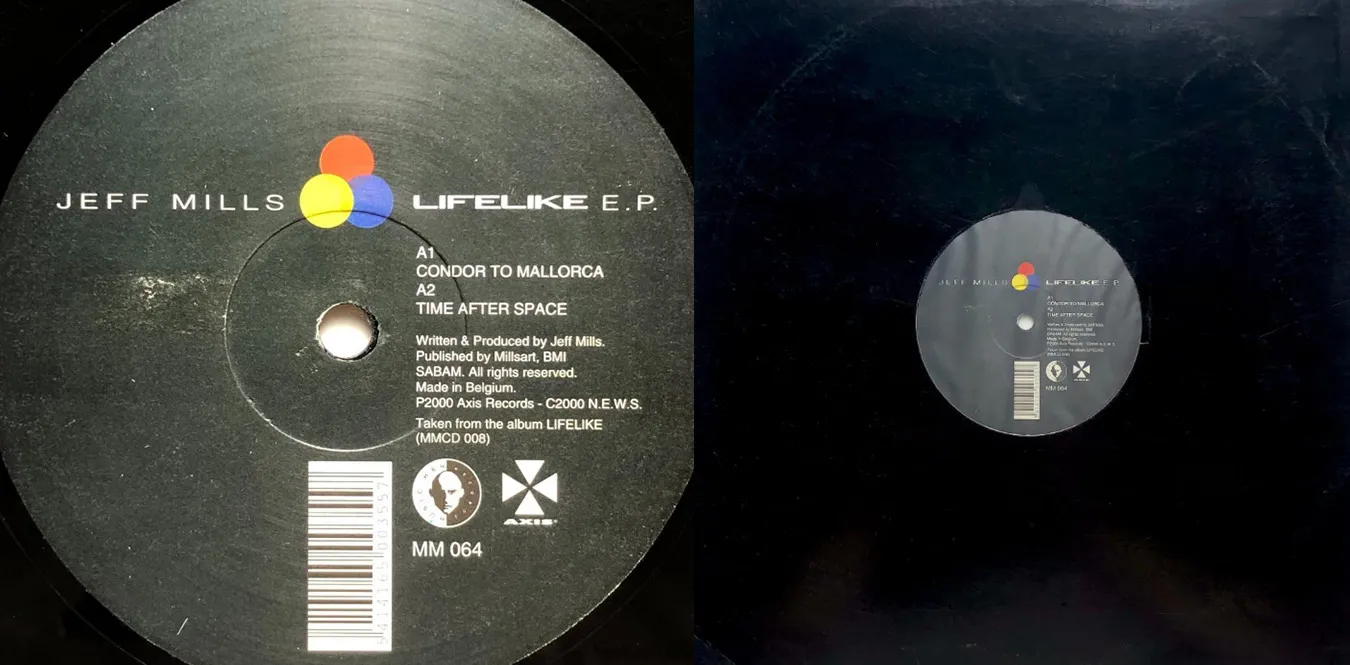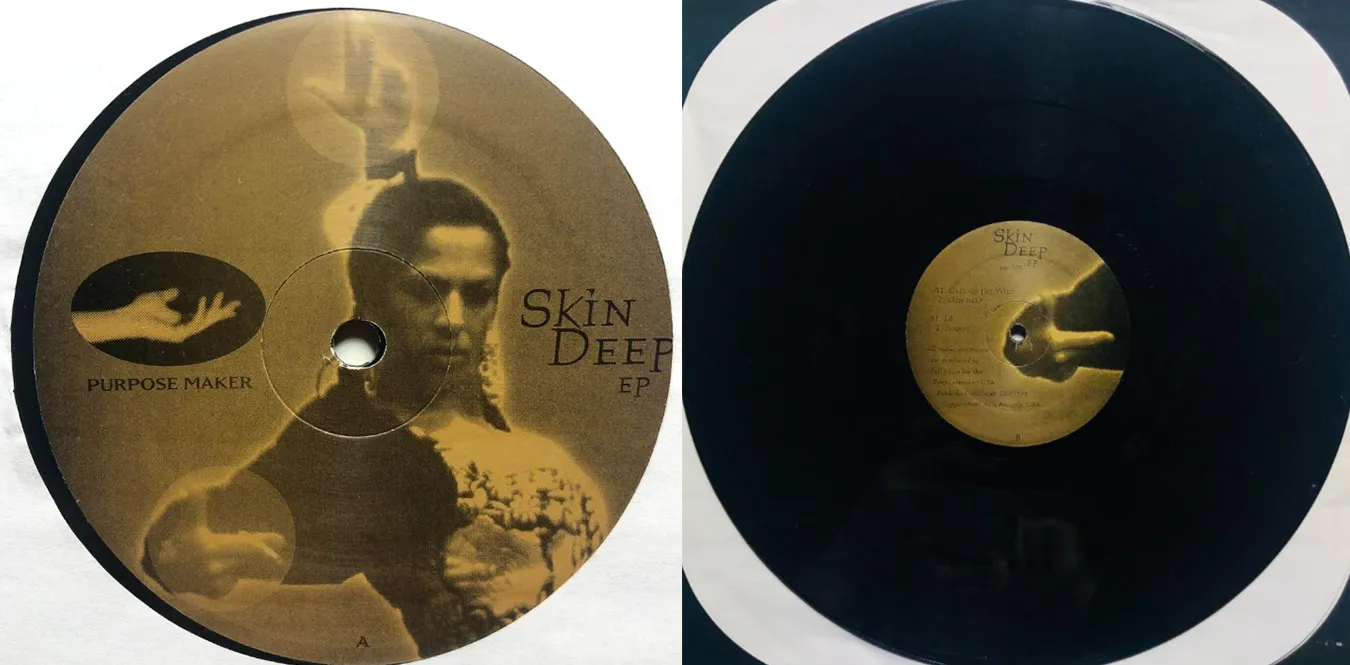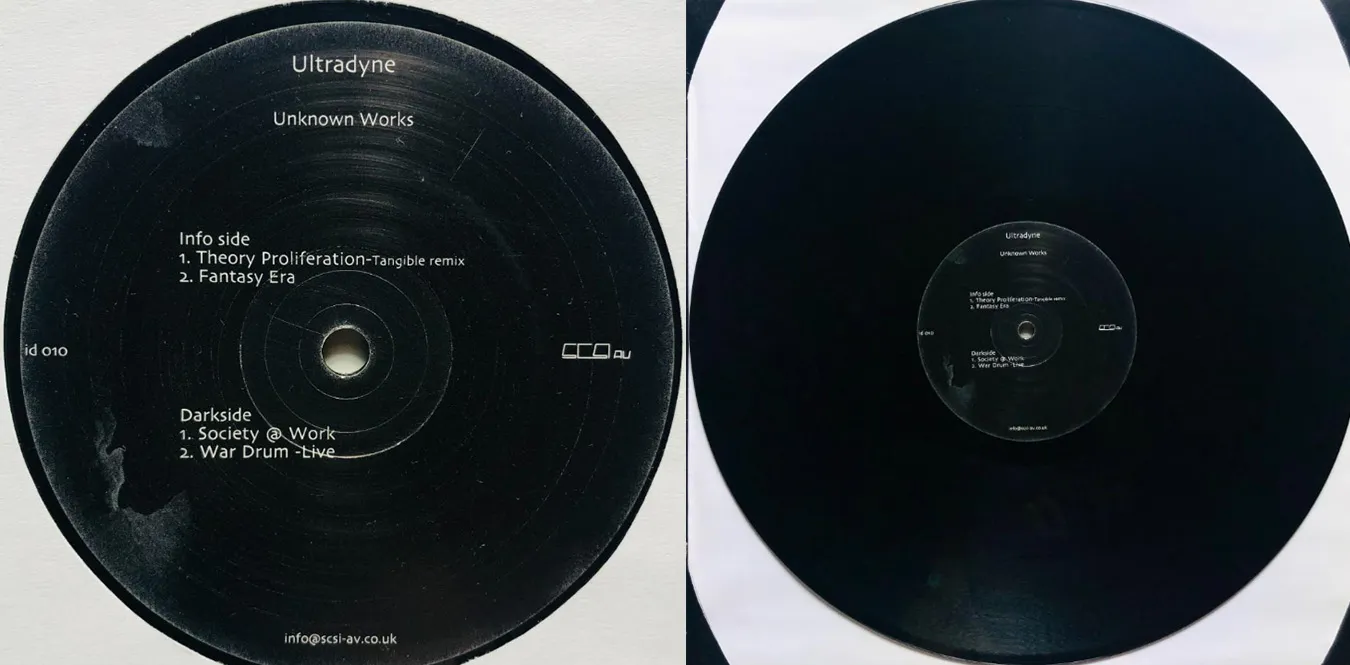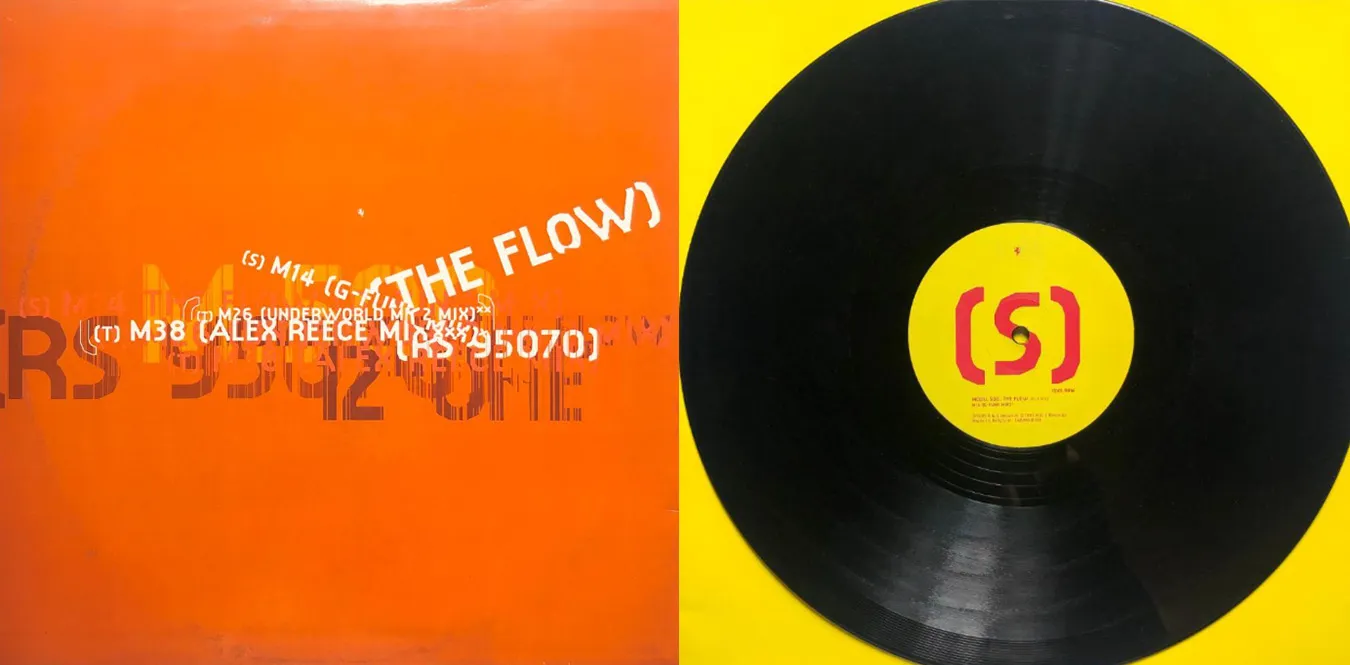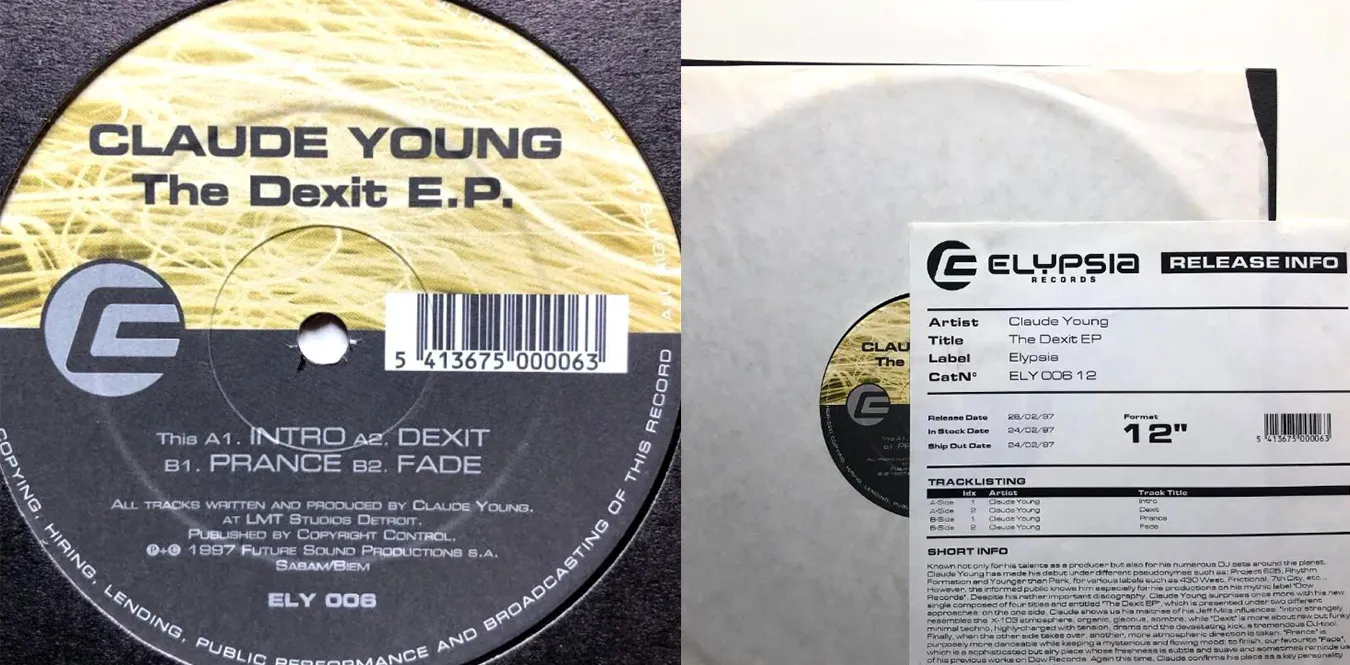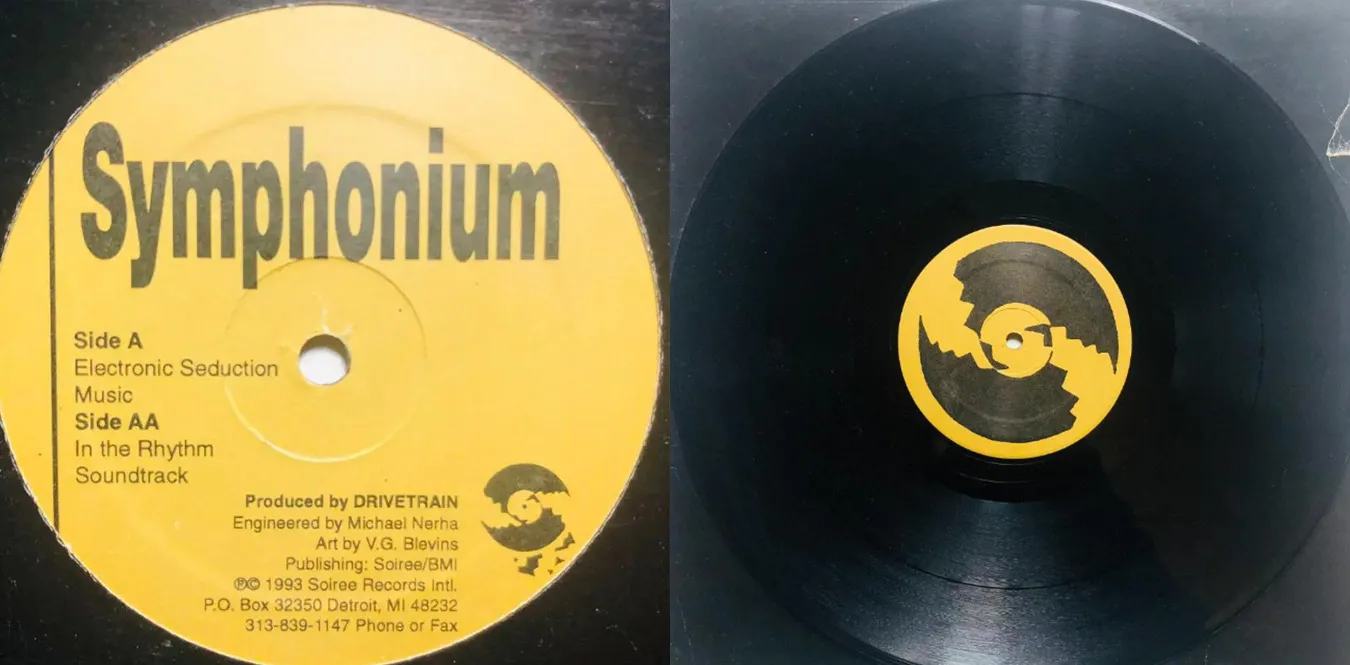[Column] Plastikman | Richie Hawtin - The depths of minimalism and the spiritual history of techno
Column en Detroit Techno Techno![[Column] Plastikman | Richie Hawtin - The depths of minimalism and the spiritual history of techno](/../assets/images/column-plastikman-richie-hawtin.webp)
Prologue: Self as a “space” of sound
Text: mmr|Theme: Thoughts on how Plastikman, who inherited the spirit of the second generation of Detroit techno, stripped down the sound to the utmost limit and sublimated it into an art that allows you to hear the “reverberation” of rhythm itself.
Richie Hawtin has been redefining “techno” since the early 1990s, not just as dance music, but as a “sound meditation device.” His works under the name Plastikman, particularly ““Sheet One” (1993) and ““Consumed” (1998), are an experiment in visualizing the internal space of the human body using electronic sound. The sound, which resembles cold liquid, is also called ““abstract sculpture of sound.’’
Chapter 1: Echoes of Detroit, Solitude of Windsor
Richie Hawtin was born in Banbury, England in 1970 and moved to Windsor, Canada as a child. From this city across the Detroit River, he could see the early days of Detroit techno at the underground clubs Music Institute and The Shelter.
Hawtin was influenced by the soul that resides in the mechanical rhythms of Juan Atkins and Derrick May, and reconstructed this from a perspective of calm structural beauty. There is always a paradox in his music: heat through distance. Cities and suburbs, black and white culture, emotion and geometry. Plastikman was ““music in the middle area’’ that was formed in between.
Chapter 2: The Birth of Plastikman - Acid Remnants and Techno Introspection
In 1993, “Sheet One” was released. The traditional TB-303 sound of acid house has been bleached to the extreme, creating an acoustic space that sounds like heartbeat and nerve signals. Rather, the silence that drifts between the sounds can be heard as the main character.
Then, in 1994, the album ["”Musik”’] was released from the label NovaMute (https://monumental-movement.jp/Plastikman-Musik). This is Richie Hawtin”s third studio album and second under his Plastikman name.
“Plastikman is a project that uses sound to visualize my own insides.” — Richie Hawtin
The live shows around this time had red strobe lights flashing momentarily in the almost pitch-black venue, symbolizing the materialization of sound. Rather than dancing, the audience felt as if they were ““sinking’’ into the sound.
Plastikman – Musik
An album released by Richie Hawtin under the alias Plastikman on the NovaMute label in 1994. This is Richie Hawtin’s third studio album and second under his Plastikman name.
Tracklist
1. Konception
2. Plastique
3. Kriket
4. Fuk
5. Outbak
6. Ethnik
7. Plasmatik
8. Goo
9. Marbles
10. Lasttrak
Youtube
Chapter 3: “Consumed” – The aesthetics of “silence”
1998’s Consumed is an outlier in the history of techno. The BPM is slow and the rhythm is no longer a drum, but a low frequency sound like breathing. This work, which seems to float in a zero-gravity space, inherits the lineage of Brian Eno’s ambient music, but also opens up the realm of ““inner sculpture using electronic sounds.’’
With this work, Hawtin becomes the first artist to equate “minimalism” with “nihility.” Plastikman’s minimalism was not an omission, but a strategy of silence that highlighted the contours of existence.
Chapter 4: Technology and the Body - Rebuilding the LIVE Concept
Hawtin also pioneered the fusion of technology and performance. In the 2000s, he redefined DJ play with the DE9 series and established the ““prototype of digital DJ**’’, which used Ableton Live and Traktor to reconstruct tracks in real time.
On his stage, an environment was constructed in which MacBook, MIDI controller, lighting and video were completely synchronized, presenting a new concept of "”live = breathing data’‘.
Chapter 5: Playing Plastikman with “EX”
"”EX”’, which was unveiled at London”s Tate Modern in 2014, was a work that transferred Plastikman’s aesthetics to the museum space. The stage is shrouded in darkness, and Houtin stands as if imprisoned in a glowing cage. The audience shares the experience of ““observing the structure of sound” rather than ““watching a DJ.”
“Plastikman remains the music of an inward journey.”
His minimalism evolved, completely dissolving the boundaries between music and art, clubs and installations.
Chapter 6: Influence and Inheritance - The Genes of Modern Minimalism
Plastikman”s genes permeate Villalobos, Donato Dozzy, Cio D”Or, and the modern modular scene. ““Pleasure of structure,” ““introspection of sound,” and ““temporization of space’’ – these elements now form the basis of techno.
In particular, “Consumed in Key” (2022, collaboration: Chilly Gonzales) broke new ground as a dialogue between piano and minimalism. It was the moment when Plastikman once again stroked the “line between humanity and inorganicity.”
Chapter 7: Philosophical Addendum – The Meaning of “Plastic”
Plastikman’s “Plastic” is not just “plastic”. It means plasticity – the flexibility of existence that maintains its essence while changing form. Plastikman’s true philosophy is his continued transformation of music, the body, identity, and the very concept of techno.
Minimalism is not about scarcity, but about space for change.
Chapter 8: DE9 Series - Digital DJ Revolution
1. Introducing DE9
In 2001, Plastikman released DE9: Closer to the Edit. Traditional DJ mixes rely on track order and fades, but here Hawtin uses waveform-level editing and restructuring. By splitting each track into tiny samples and rearranging the minimal pulses, we created a completely new timeline of dance music.
2. Technological innovation
- Real-time processing using Ableton Live/Traktor
- Instant reflection of effect operations via MIDI control
- The concept of “editing = playing” in sample units As a result, the DJ’s physical manipulation has changed to the act of playing acoustic material rather than playing the music itself.
3. Musical significance
The DE9 series is not just a mix CD, but also functions as a recording of a live performance = new song.
- Closer to the Edit (2001): Cold mechanical precision
- “DE9: Transitions” (2005): Visualization of effect processing
- “DE9: Closer to the Edit 2.0 / Live” (2019): Fusion of modular and digital
DE9 is a revolutionary series that fundamentally changed the question “What is a DJ mix?” in music history.
Chapter 9: Minus Label History - Minimalist Testing Ground
1. Established Minus
In 1998, Plastikman founded his own label, Minus. The goal was “a space where you can experiment with sounds stripped down to the limit”. Minus is characterized by respecting the individuality of the artist while maintaining a sense of unity in the philosophical direction of music.
2. Representative works and artists
- Richie Hawtin (also known as Plastikman)
- Villalobos -Magda
- Gaiser
Minus was more than just a distribution platform, it functioned as a place to embody the idea of minimal techno.
3. Label influence
- A fusion of live sets and releases: digitally reconstructable sound sources
- Aesthetics of sound blank space: Experimenting with “how to use white space”
- International influence: Direct influence on club scenes in Berlin, Germany and Tokyo
Minus is an ““acoustic laboratory”’ to pass on Plastikman”s musical philosophy to the next generation.
DE9 × Minus association diagram
DE9 series detailed analysis
1. DE9: Closer to the Edit (2001)
- Concept: An innovative work that re-edits the track waveform sample by sample to give it live performance potential.
- Representative track analysis:
- Spastik : Super fast loop of continuous hi-hats. In the waveform diagram, you can see how the pulse density gradually changes.
- Minus/Orange: Low-frequency reverberation expands the space. Although the waveform is periodic and regular, the minute noise creates a physiological sensation.
- Illustration example:
2. DE9: Transitions (2005)
-
Concept: Emphasis on effect processing and “transition” between tracks. Faithfully reproduces live music at a club.
- Representative track analysis:
- Get Your Shit Together: A complex interplay of bass pulse and hi-hat. Visualize changes in rhythm patterns with waveform diagrams.
-
Another Day: Minimal structure that takes advantage of the blank spaces in the sound.
- Illustration example:
3. DE9: Closer to the Edit 2.0 / Live (2019)
-
Concept: A fusion of modular synth and digital editing. Expanding the concept of “performance = editing” that rearranges sounds in real time.
- Representative track analysis:
- Akufen Rework: Generate rhythm in extremely small units by layering minute samples.
-
Minus Live Edit: A structure for improvising editing of existing sound sources. In the waveform diagram, overlapping fragments are arranged like art.
- Illustration example:
Illustration: Structure of Plastikman sound
—Low frequency/reverberation] --> B[Cognitive transformation layer
— Reconstruction of rhythm] B --> C[Inner spatial layer
— Synchronization of thoughts and body] C --> D[Meditation layer
— Silence and sound go back and forth] D --> E[Expansion of consciousness
— Techno = process of consciousness]
Chronology: Richie Hawtin / Plastikman’s trajectory
Final chapter: Hawtin as a sound sculptor
Plastikman is the key to techno going “inside” instead of “outside”. This was not a dismantling of club music, but a reconstruction of the rhythm that resonates inside the body, and an exploration of the fundamental question of music: ““What does it mean to listen?’’
Today, Richie Hawtin continues to turn the knobs in silence, saying few words. This is because he knows better than anyone that just one rotation can change the boundary between sound and silence.
Minus label complete discography
| Year | Artist | Release name | Comments |
|---|---|---|---|
| 1994 | Plastikman | Musik EP | The pinnacle of Acid Techno under the name Plastikman. |
| 1998 | Plastikman | Minus EP | The first installment of Minus. Extreme minimal sound. |
| 1999 | Magda | Track 1 | A dark minimalist test piece. |
| 2000 | Richie Hawtin | EX/EP | Live remix before DE9. |
| 2001 | Plastikman | DE9: Closer to the Edit | Digital DJ revolution. |
| 2003 | Villalobos | Allez-Allez | Early Berlin influence from Minus. |
| 2005 | Plastikman | DE9: Transitions | Structuring with an emphasis on effects. |
| 2006 | Gaiser | EP1 | Exploration of minimal techno. |
| 2010 | Plastikman | Live Set | Lively embodies Minus’ philosophy. |
| 2014 | Plastikman | EX | Installation at Tate Modern. |
| 2019 | Plastikman | DE9: 2.0 / Live | Modular + digital editing. |
The Minus label is a testing ground for Plastikman’s ideas, a platform that allows artists the freedom to explore sonic freedom.

![[Column] Underground Resistance and Detroit's rebellious history: Complete coverage of Afrofuturism, Drexciya myths, and comparisons of world cities](/../assets/images/column-ur.webp)
![[Column] From the origins of techno to the present - A chronological history traced through famous records and equipment](/../assets/images/column-techno-history.webp)
